By Diane Harris, HQ Stitch Brand Ambassador
We’ve gone through all the steps to make a Dresden Plate. Let’s talk about a few ways to troubleshoot common problems.
Troubleshoot Dresden Plate Problems
The most common problem my students face is fullness at the center of the Dresden. When they make the plate and go to press it flat, there is extra fabric on each blade near the middle raw edges, which creates a bunch of folds. I’ve had this happen, too.
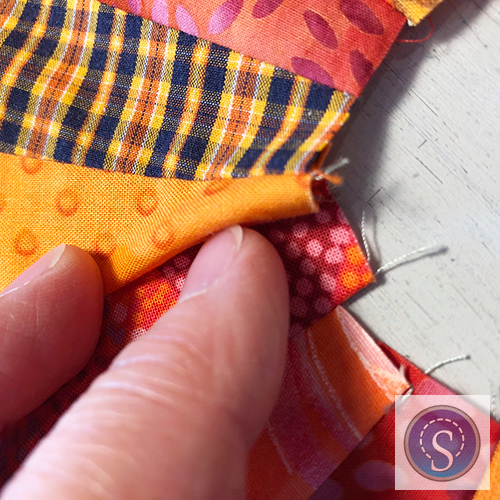
If you’re dealing with only a small amount of fullness, you can ignore it. Press the plate flat and applique the center; once it’s quilted the folds won’t be noticeable.
But if you’re dealing with too much fullness for that, then the most effective solution is to sew over the seams between the blades again (no need to take the first seams out) and to make the seam allowance slightly wider (just a few threads) as you get to the narrow end of each blade. Start by resewing just a few of the seams, checking each time until the problem is resolved.
On the next plate you make, double check that your blades are cut accurately. If you cut accurately and sew carefully, this problem usually disappears with practice.
Be sure to sew a true quarter-inch seam allowance between the blades. A wider or narrower seam allowance will alter the size of your plates more than you’d imagine.
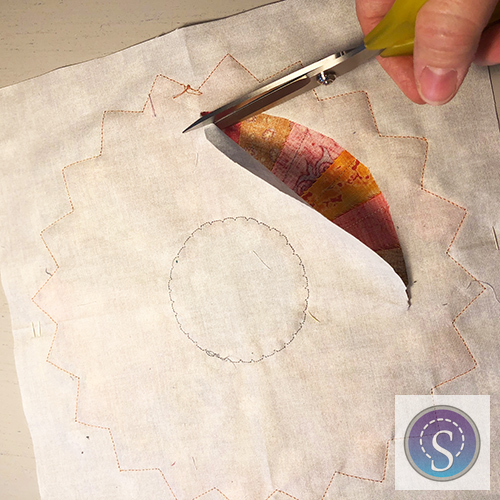
I haven’t been in the habit of cutting the background away from Dresden Plates, but on my most recent quilt, I decided to try it.

The shapes were like donuts because of the center applique. It didn’t seem like a lot of fabric to remove until I saw the pile of donuts.
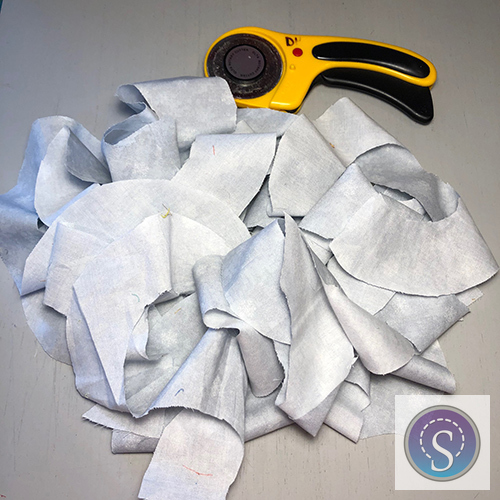
That’s quite a lot of weight to eliminate from the quilt, which has 13 Dresden Plates. I’m glad I did it and I think the quilt will be better for it. If your plates seem stiff or heavy, consider cutting away the background behind the plate.
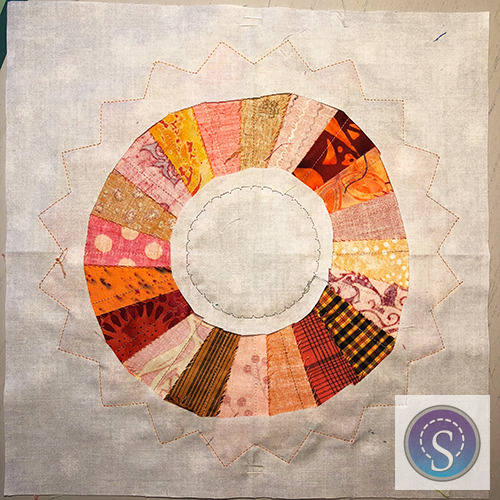
If your plate or your center circle shifts as you’re doing the applique, use more pins to hold things in place.

Use fine pins, not daggers. The giant yellow-headed pins sometimes marketed as “quilter’s pins” were used to attach quilts to old-fashioned quilting frames, I think.
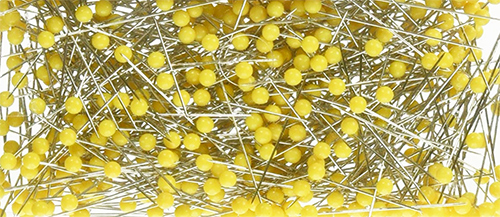
They’re not suitable for patchwork. I like silk pins that are 1-3/8″ long and have a .50mm shaft with a glass head. Using fine pins could really make your life easier, and not just for Dresdens!
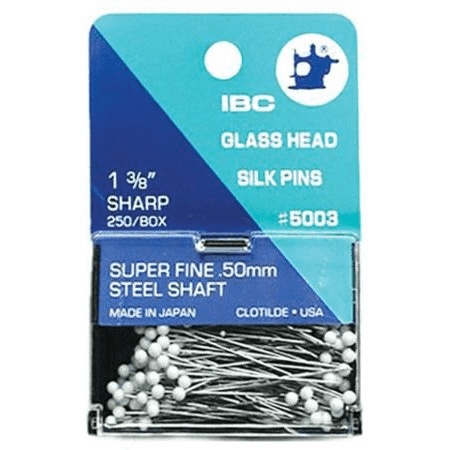
After you have pressed your Dresden Plate blocks, trim them to the appropriate size. You may find that with practice, you don’t need to make the backgrounds oversized at all, but I still do it for insurance.

I hope you’ll enjoy making many Dresden Plate projects for yourself!
Questions? Ask them in the comments or send email to diane@stashbandit.net.

What is everyone’s go to long arm pattern for Dresden’s?
Wonderful tips for troubles. I would think leaving the background fabrics whole, might make the blocks stronger…but the weight loss would make a big difference to cut it away. A hard choice.
I’m making a whole cloth dresden summer quilt. Because I’m not using batting I’ll leave the backing on because it will help the quilt to be a bit more stable.